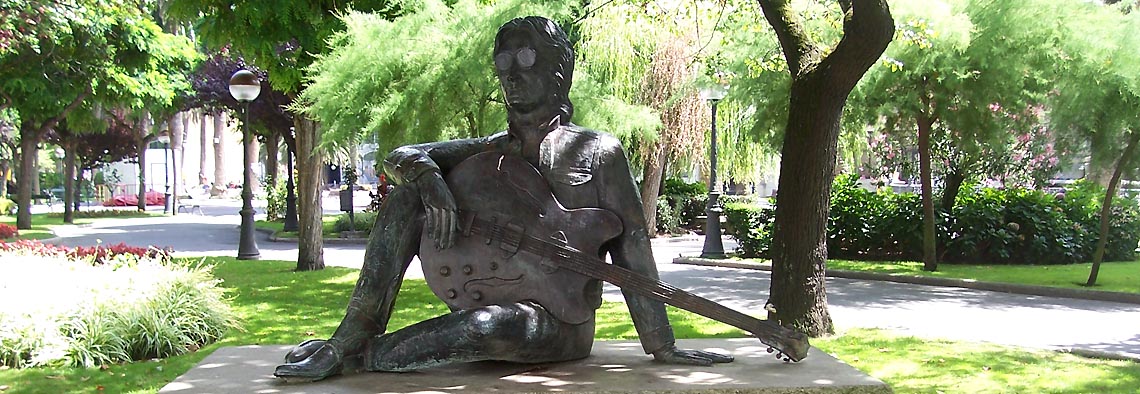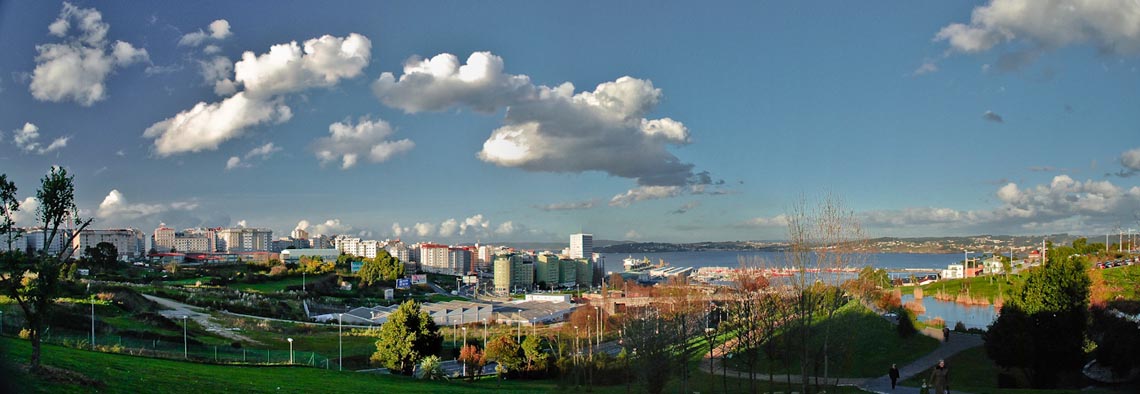6 Keys to Unlock Trieste
24 February, 2016
Here are some pointers to discover and delve into this surprising city on the Adriatic.
1. A Meeting of Cultures
Any mention of Trieste conjures up an idea of cultural blending, thanks to its geographical location in the far north of Italy, on the Adriatic coast and very near the border with Slovenia. It has long been coveted by its neighbours for its strategic position, as attested by this titbit: although it now belongs to Italy, from 1382 to 1918 it was part of the Austro-Hungarian Empire. Hence, although we find ourselves in Italy, it is not unusual for visitors to feel as if they are in Austria, partly on account of the buildings, or because of touches in the local cuisine. A case in point is Borgo Teresiano, built in the mid-18th century during the reign of Empress Maria Theresa, traversed by the prominent Canal Grande.
This meeting of cultures was characterised by coexistence between various religious groups living in harmony, including the Greek Orthodox, Serbian Orthodox, Jewish, Lutheran and Helvetic denominations. No wonder, then, that among the religious buildings worth viewing we find the Byzantine-style Cathedral of St Justus, the formidable Neoclassic Synagogue on the Via San Francesco, and the Serbian Orthodox Church of the Santissima Trinità e San Spiridione (Holy Trinity and St Spyridon).
2. Trieste and the Sea
One hallmark of this city is its siting on the sea; indeed, throughout its history it has been one of the leading ports in the Mediterranean. During the Middle Ages it vied with a well-known neighbouring city – Venice – for hegemony over maritime trade, while nowadays it is Italy’s major seaport.
One of the best spots to savour the Adriatic Sea and the Gulf of Trieste is the marvellous Piazza dell’Unità d’Italia, one of the city’s major landmarks. Located between the Borgo Teresiano and Borgo Giuseppino, it has the honour of being the largest sea-facing square in Europe. Rectangular in shape, it is fronted by 19th-century public buildings and palaces in the Neoclassic and Viennese styles. A noteworthy example is the Prefettura or seat of government, and the Palazzo Stratti.
3. Roman Past
Needless to say, the seaport’s strategic potential did not go unnoticed by the Romans, who wasted no time in adding Trieste to their colonies. Dating from that period are a number of vestiges, including the Roman Theatre, from the 2nd century AD, and the Arco di Riccardo (Richard’s Arch), from the 1st century AD. The latter is named after Richard the Lionheart and was once an entrance gate into the old city.
4. The Historic Cafés
A visit to some of Trieste’s historic cafés comes highly recommended. Dating from the city’s age of splendour, these were the haunts of such illustrious writers and poets as James Joyce, Italo Svevo and Umberto Saba, who met to chat, deliver literary readings and exchange ideas. Some of the most renowned cafés are Caffè Tommaseo, Caffè degli Specchi, Caffè San Marco and Caffè Torinese.
5. Refined Cuisine
Triestini cuisine is heir to a blend resulting from the aforementioned cultures. Mediterranean-style dishes, like those based on fish, can be found side by side with predominantly meat-based Central-European recipes. Among the most typical dishes we find jota (a soup of beans, cabbage, bacon and potato), which is Slavic in origin, bolliti di maiale (various boiled pork cuts) and sardoni in savòr (sardines marinated in vinegar), of Venetian origin.
6. A Wind Known as Bora
Another characteristic feature of Trieste is a wind known as the Bora, which blows into the Gulf from the continental mass further north. It can reach sustained speeds of around 120 km/hr, with gusts of nearly 200 km/hr. It has the effect of drying out the atmosphere and clearing the sky of any cloud cover. Pavements in the city are fitted with ropes for people to hold on and avoid being carried off when the Bora blows. For those wishing to inquire further, we recommend a visit to the Bora Museum.
Now that you have the keys to unlock the city of Trieste, book your Vueling and embark on a trip of discovery.
Text by Los Viajes de ISABELYLUIS
Images by Stephen Colebourne, John W. Schulze , stefano Merli , Xenja Santarelli
24 February, 2016







